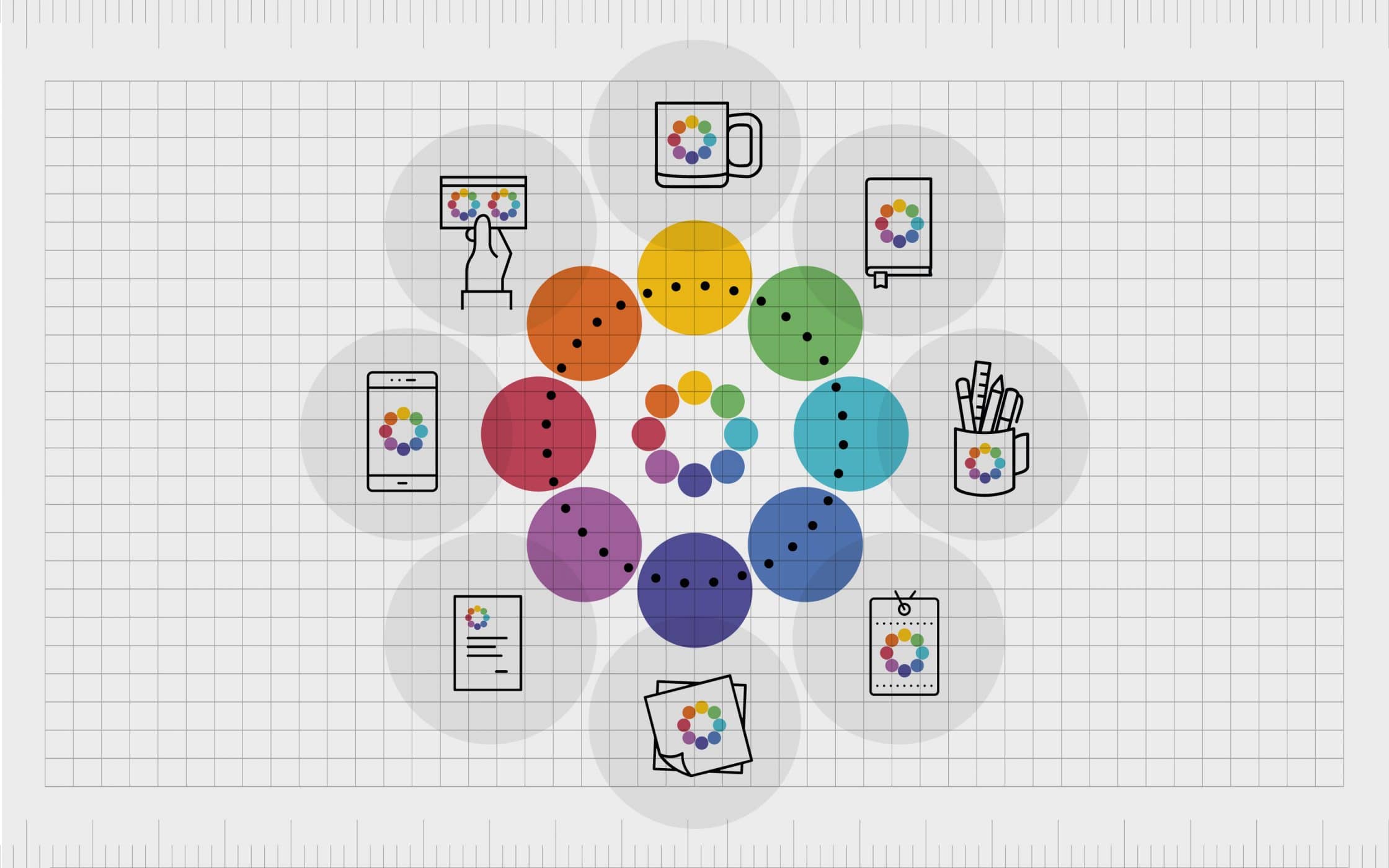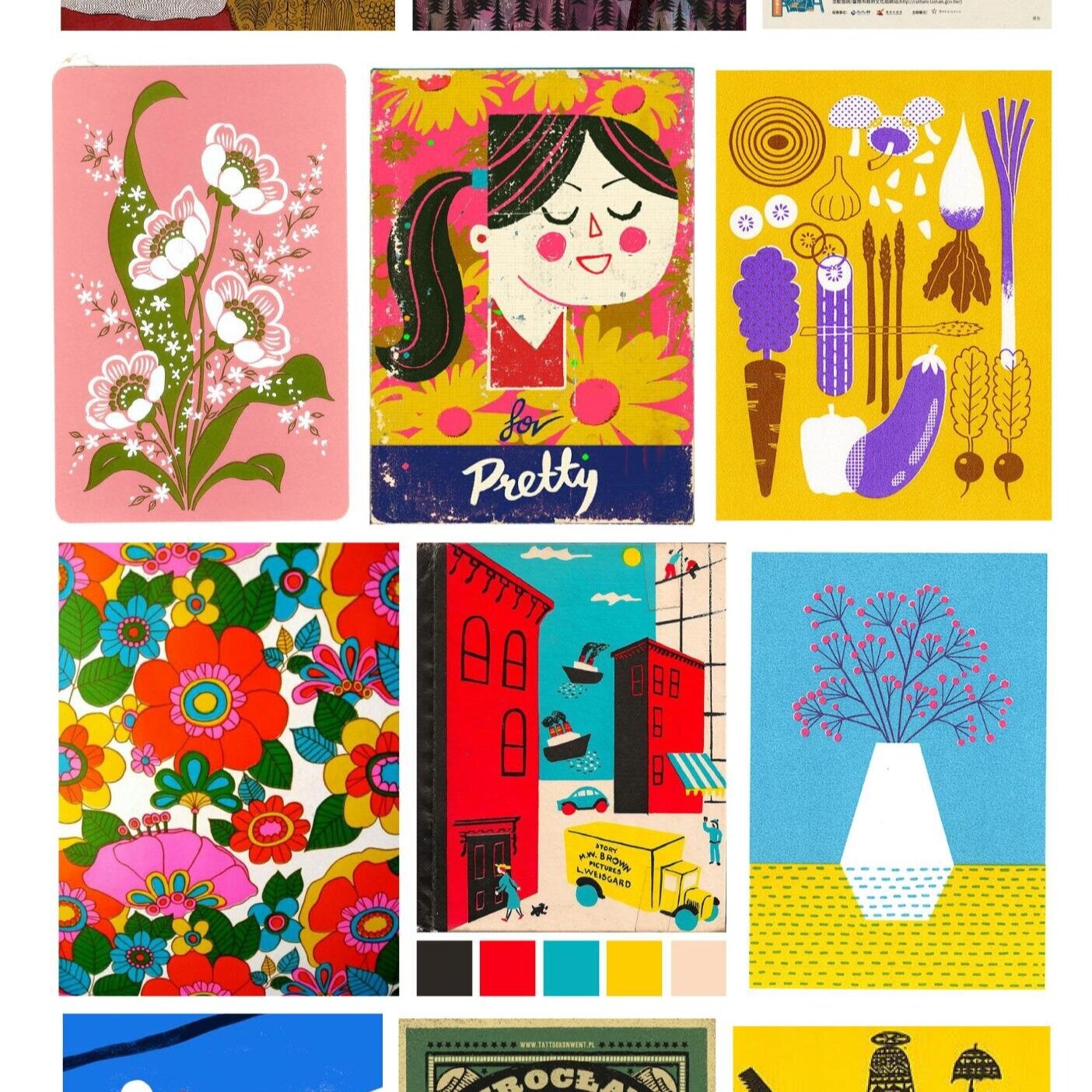Table Of Content

It can be both tactile, something you can physically touch, or visual, an illusion created through artistic techniques. Incorporating texture into a design adds richness and complexity, making it more visually engaging and inviting. Designers can use texture to evoke specific feelings or themes, such as using a rough texture for a rustic, earthy vibe or a smooth texture for a modern, sleek look. Because negative space is the only element of design that deals with what you don't add, white space is the only element that deals with what you don't add. This means that white space is the place where you can put things that don't belong in your composition.
Fundamentals of Design
The second definition of texture is tactile, the physical texture or feeling of a design element such as smooth, soft, rough, fluffy, etc. Color is the second element of design, and similar to line, color can be used to set mood or tone of a design. Greens and blues, for example, tend to have a calm and relaxed appeal. Reds and oranges, on the other hand, are more powerful and passionate.
Graphic Designer: A Comprehensive Guide to the Role - mediabistro.com
Graphic Designer: A Comprehensive Guide to the Role.
Posted: Fri, 31 Mar 2017 11:19:43 GMT [source]
When can you break the rules of design?
Below we will look at 7 design elements and 7 design principles that every maker should know. While the design elements are the basic elements for any visual, the design principles provide guidelines for working with them and using them to their full potential. Design elements are the basics of graphic design, the most simple elements one needs to create any design.
Scale

Negative space, also known as space or white space, is the area surrounding and between the elements in a design. Skilled use of negative space enhances the overall composition's balance and readability. Designers use negative space to create breathing room, guide the viewer's attention, and add a sense of openness and harmony to their designs. Lines play a vital role in directing the viewer's gaze and creating a sense of movement within a design. Straight lines can convey stability and order, while curved lines evoke grace and flow.
In this section we've provided some useful resources for students wishing to further their studies in graphic design. The information was authored by Calvin Rye, MFA alumnus of the Graphic Design program at CalArts in consultation with CalArts' Graphic Design faculty and our Office of Admissions. These are essential components of any application to a graphic design program, as well as a freelance graphic designer's toolkit. Regardless if you are applying to schools or looking for work in the field, we hope you find these tips and resources useful to your goals. A graphic designer must be able to understand both organic and geometric shapes. They should be able to draw and design both in a transparent manner.
Creativity is the heart of a graphic designer's work and allows one to generate ideas that solve communication problems. In addition to being familiar with all the above elements, you need to master multiple skills to be a good graphic designer. Shape and style have something to say beyond the words built from a typeface. Therefore, a graphic designer must know how to choose the most appropriate font for each project. Thanks to visual communication, we can elevate messages, and present information in a more eye-catching way, making it easier to understand. In short, graphic design is a compelling discipline that has played a significant role in our society for decades.
Essential Elements Of Design Explained
By doing so, they can transmit emotions, movement, dynamism, highlight elements of a design, and more. Negative space refers to the area surrounding the design elements that forms an interesting shape to enhance the design. The negative space helps to define and highlight the positive space. Of course, it’s important what designers add to their web and graphic design, but what they don’t add is equally important. It helps to highlight the focal point of a design, simplify its readability, and make it pretty for the eye, without going overboard. A designer might also commission an artist or photographer, or purchase photos from one of many photo houses.
External links provided on rasmussen.edu are for reference only. Rasmussen University is accredited by the Higher Learning Commission, an institutional accreditation agency recognized by the U.S. Graphic design offers opportunities and options for individuals of almost any interest. If you pursue a career in graphic design, you could work on multiple types of projects—or specialize in just one area you love. Good design is truly timeless, but new ideas and approaches in design concepts are always ahead.
What opportunities does artificial intelligence offer in education?
Understanding form is vital for creating realistic and visually appealing designs, as it allows for the depiction of lifelike objects and characters with depth and dimension. Keeping things neat and organised is essential because otherwise, you risk creating an uninteresting design. At the same time, you should use other elements to give the design personality, movement, and depth.
Gestalt, meaning “unified whole,” refers to how the human eye naturally groups together visually or conceptually similar items into a larger whole. In an article from 99designs, the six principles of visual hierarchy are explained. One of the first principles is page scanning patterns, as demonstrated with this image of what a z-pattern looks like. Unity and harmony speak to the intangible feeling that all design elements belong together, creating a sense of completeness.

Texture is a sensory quality that can add depth, dimension, and tactile appeal to your graphic designs. It's the visual and sometimes even the physical surface quality of an object. While texture in graphic design is primarily perceived visually, it can also trigger a sense of touch, making your designs more engaging and immersive.
When working on a design, consider not only the elements you're including (such as images and text) but how they're arranged and grouped in the composition. It can be tempting to fill every inch of your digital canvas with something, but try to give your elements some room to breathe. Take the images below for example -- in the picture on the left, there isn't adequate contrast between the background photo of the man working at a desk and the white text. It's not so easy on the eyes, and the message is difficult to comprehend. In the image on the right, the background has been darkened to create more contrast, making the text way easier to read.
A First-Year Artist Transforms the Periodic Table - Bowdoin College
A First-Year Artist Transforms the Periodic Table.
Posted: Fri, 15 Feb 2019 08:00:00 GMT [source]
Whether trying to persuade others or want to communicate a message to the masses, images can be a powerful way to get your point across. Sometimes, the mood that the design is trying to create is essential. Solid lines represent the exact form of the object being depicted. Finally, implied lines show the lines that are implied or exist in a drawn shape.
Your electronic Certificate will be added to your Accomplishments page - from there, you can print your Certificate or add it to your LinkedIn profile. If you only want to read and view the course content, you can audit the course for free. I learned so many thing and I'm ready to jump through the next course.Thank you Calarts and Coursera. Let’s talk about your logo, branding or web development project today! Sometimes simply giving a composition more room to breathe will help it improve. When planning your design, try to identify your dominant element and then plan the rest of the page around that.
Besides being an important addition to the other elements of design, color can absolutely stand alone on its own. Design compositions made up of color and text, are simpler and have a greater impact if you’re trying to make a point. Balance is the equal distribution of visual weight (more specifically, how much any one element attracts the viewer's eye). Balance can be affected by many things, including color, size, number, and negative space. Certain graphics techniques, such as the use of rhythm and shadow, create texture—the visual "feel" of an element.
No comments:
Post a Comment